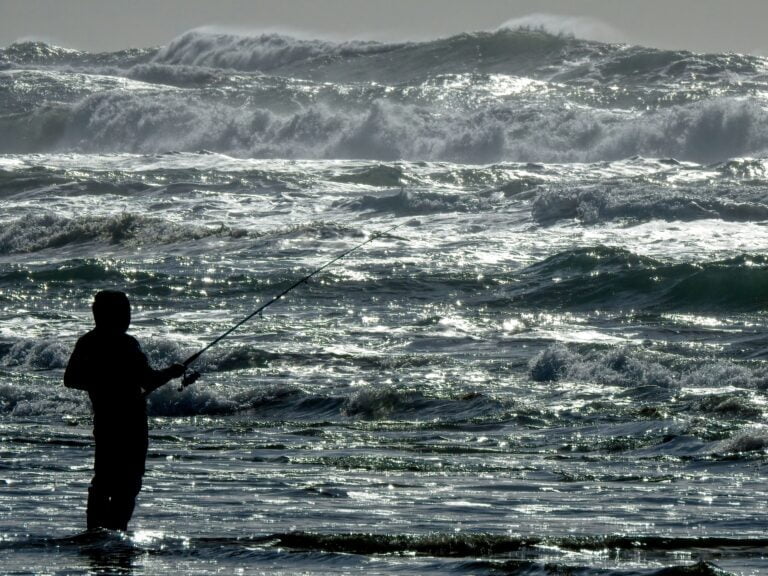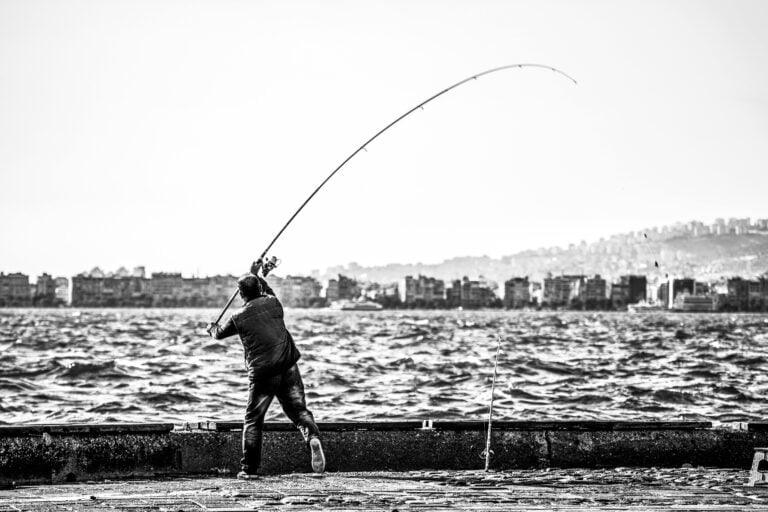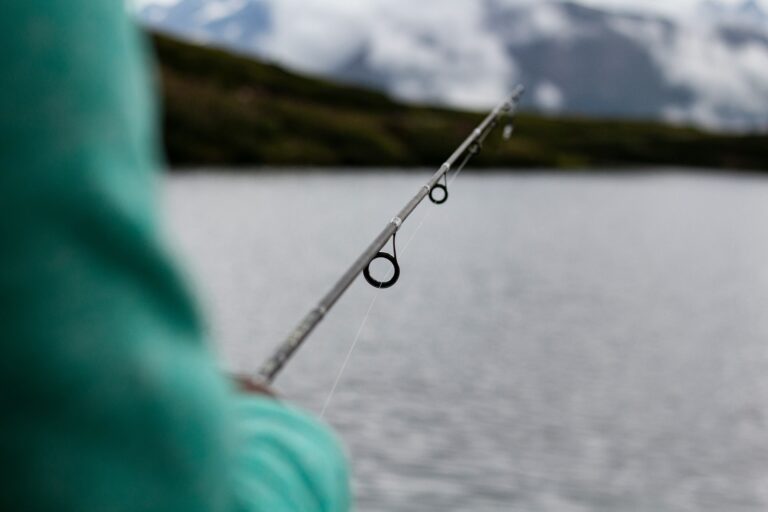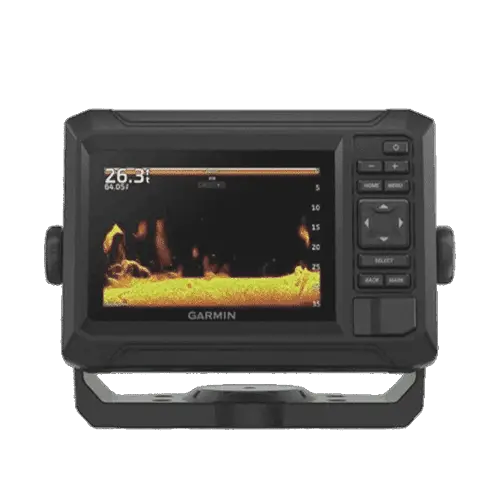What Lures To Use For Pike Comprehensive Guide 2024
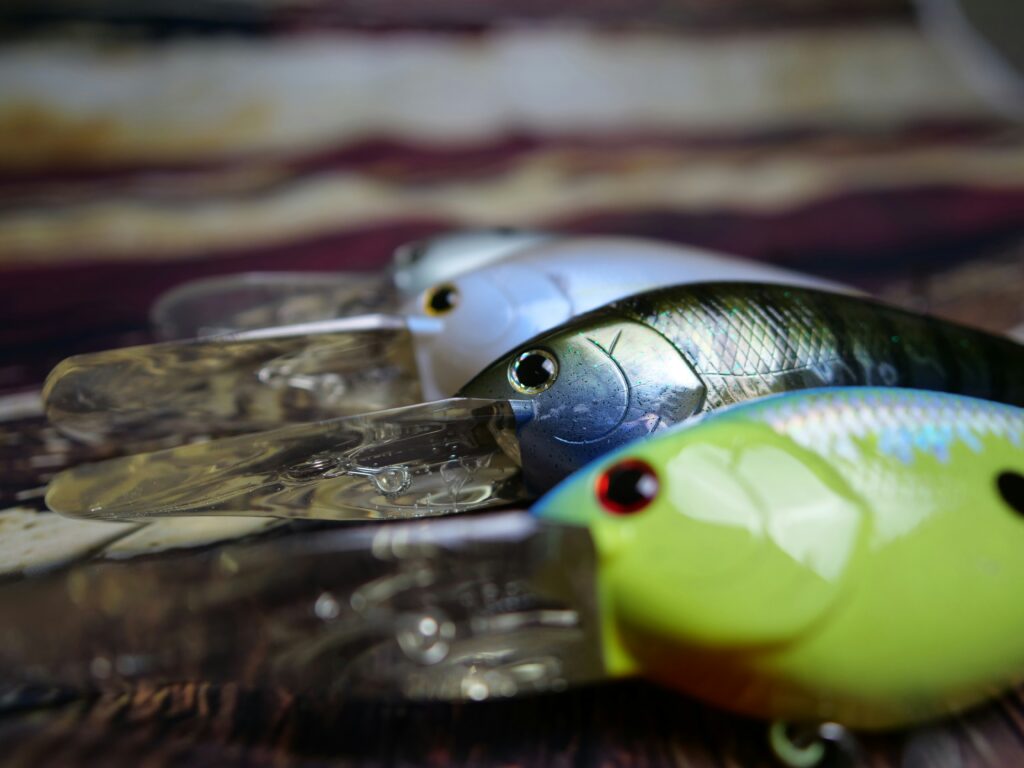
There’s a motive; northern pike are nicknamed “water wolves.” These freshwater predators are ambush experts, lurking inside the weedy shallows with a single-minded awareness, snatching unsuspecting prey.
For anglers, pike fishing is a heart-pounding experience. The explosive strike, the effective runs, and the sheer size of these fish make them a coveted trophy.
But whether or not you’re a seasoned seasoned or a curious newbie, one factor’s for certain: the proper entice is the most important thing to unlocking pike fishing success.
In this guide, we’ll dive deep (pun intended) into the world of pike lures, exploring the nice alternatives to lure these ferocious warring parties
What Lures To Use For Pike: A Comprehensive Guide 2024
When it comes to pike fishing in 2024, a few lures stand out for their efficiency.
Here’s a comprehensive guide to help you pick satisfactory lures for pike:
Top Pike Lures for 2024
1. Terminator Spinnerbaits
Features: These spinning baits are recognized for their versatility and stability. They may be utilized in various conditions without getting snagged.
Why It Works: The beveled edges at the blades provide more flash, and the wireframe has higher bend resistance, making it extra durable.
2. Mepps Dressed Lure Assortment Piker Kit (K3D)
Features: This package includes the #4 and #5 sized French spinners, which are best for northern pike.
Why It Works: The Mepps Aglia is a traditional trap that has tested effective over time, with lots of colors to healthy specific water conditions.
3. Eppinger’s Daredevil Red-Eyed Wiggler
Features: This old-faculty lure has a distinct wiggle, roll, and flutter, mixed with two vivid crimson eyes.
Why It Works: It’s particularly powerful in clear water, and its layout has been successful for almost a century.
4. Westin Shad-Teez
Features: Known for its rolling belly motion, this soft plastic lure is great for concentrating on large pike
Why It Works: The deep body profile and oversized paddletail create an engaging movement even at low speeds.
5. CWC Miuras Mouse
Features: This trap has a massive profile, flat “nose,” and twin tails that pass a whole lot of water.
Why It Works: It’s powerful at slow speeds and has been accountable for numerous excessive-profile catches.
6. Strike Pro Guppie
Features: A handcrafted wood glide bait that is available in a number of hand-painted colors.
Why It Works: Its specific layout and movement have made it a favorite in tournaments.
7. Johnson Silver Minnow Spoon
Features: This metal spoon is designed for long casts and works well in both clean and saltwater.
Why It Works: Its rocking movement emulates herbal bait, making it pretty attractive to pike.
8. Rapala Super Shad Rap
Features: A long-lasting crankbait that imitates herbal prey fish.
Why It Works: Its sensible design and motion make it a dependable desire for pike fishing.
Tips for Using Pike Lures
Bright Colors and Flashy Patterns: Pike are drawn to vibrant and flashy lures, in particular in clear water.
Erratic Movements: Lures that mimic the erratic actions of prey can cause aggressive strikes from pike.
Match the conditions: Choose lures based totally on water readability and intensity to maximize your possibilities of success.
Happy fishing! If you have any extra questions or need further pointers, feel free to invite.
Understanding Pike Behavior
Pike are opportunistic feeders, but knowing their alternatives will position you ahead of the game when deciding on a lure. Here’s a breakdown of their hobby styles and looks
When and where
Seasonality: Pike are most active in chillier water, with peak feeding periods happening in spring and fall. During those instances, they flow into shallower waters to target prey. Summer reveals them in deeper, cooler regions of lakes and rivers. Winter frequently sees them lingering close to weed beds or other underwater structures.
Water Conditions: Pike select clear or barely stained water with some form of cover, like weeds, logs, or rock piles. These areas provide them with both ambush points and safety from large predators.
Typical Prey
Pike are piscivores, meaning their number one weight-loss program includes fish. They target a wide range of species, from minnows and perch to suckers and even smaller pikes!
On occasion, they may also cross after frogs, crayfish, or even small mammals that challenge too close to the water’s edge.
Hunting behavior and lure selection
Ambush Predators: Pike aren’t known for relentless chases. They excel at ambush methods, waiting patiently for prey to come back within striking distance. This means your entice wishes to correctly “imitate prey” or “trigger a reaction strike” from a lurking pike.
Visual cues: Pike rely closely on imaginative and prescient cues to find prey. So, lures with strong flashes and vibrations can be very powerful, mainly in low-middle situations.
Action and Size: Matching the movement and length of your trap to the pike’s ordinary prey is crucial. For instance, a gradual-swimming swimbait mimics an injured fish, even as a fast-ripped jerkbait imitates a fleeing minnow.
By learning about pike behavior and their favored prey, you may pick lures that speak their language, increasing your chances of a successful and thrilling trap!
Top Lure Choices for Pike

Now that you recognize pike behavior, let’s explore the pinnacle trap picks to tempt these freshwater predators. We’ll categorize them into two main groups: difficult baits and gentle baits.
Hard Baits
Spoons & Spinners: Classic Choices with Flash and Vibration
Spoons and spinners are undying favorites for pike fishing. Their metallic bodies create vibrations that travel through the water, attracting pike from afar. Additionally, the flashing motion mimics the scales of a fleeing baitfish, triggering the pike’s predatory instincts.
Blade Types and Action: Spoons and spinners come in diverse blade shapes that have an effect on their movement. Willow blades offer an “extensive wobble, even as Colorado blades have a “tighter vibration. Experiment to see what works first-rate in your fishing situations.
Retrieve Techniques: The retrieve velocity with spoons and spinners can be varied. Fast retrieves imitate a fleeing baitfish, while sluggish, erratic retrieves can resemble an injured minnow, mainly tempting for pike.
Crankbaits: Effective Search Baits that Trigger Strikes

Crankbaits are flexible lures that “dive to specific depths” and create a variety of “commotion” in the water. This makes them wonderful for searching large regions and triggering reaction strikes from pike.
Diving Depth: Crankbaits are available in numerous lip shapes and sizes, which determine how deep they dive. Deep-diving crankbaits are awesome for attaining pike conservation within the cooler, deeper zones, while shallow-diving crankbaits excel at overlaying weedy regions.
Crankbait Shapes and Action: There are two main crankbait shapes to take into account: “lipless” and “squarebill. Lipless crankbaits wobble unevenly, even as squarebill crankbaits deflect off the cowl with a decent wobble, ideal for navigating weeds. Choose the shape that best suits the water situation in which you’re fishing.
Jerkbaits: Creating Erratic Movements for Aggressive Strikes
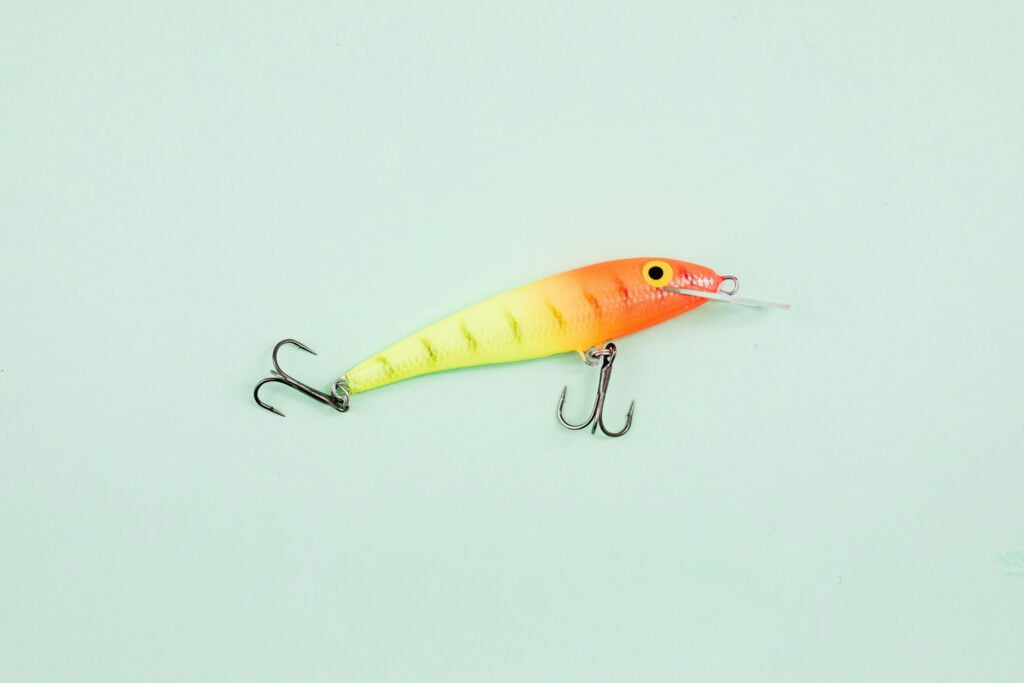
Jerkbaits are designed to create an “erratic darting action” that mimics a suffering baitfish. This erratic movement can trigger aggressive moves from the pike, specifically when paused between jerks.
Action and Size: Jerkbaits come in numerous sizes to achieve extraordinary pike sizes. They are additionally available in postponing and floating sorts. Suspending jerkbaits stay suspended inside the water column after a jerk, while floating jerkbaits push upward to the floor on pause.
Retrieve Techniques: The key to jerkbait fishing is the retrieve. A collection of sharp jerks, followed by pauses, entices the pike to strike. Experiment with the jerking cadence and pause length to locate what works satisfactory.
Stay tuned for element B, in which we’ll delve into the sector of gentle baits for pike fishing!
Additional Considerations for Pike Luring Success
While we’ve explored a few top entice choices, there are a few additional elements to remember when choosing an appropriate pike lure:
Lure Size: Matching the trap length to your target pike is essential. Generally, larger lures will entice large pike, but recall that pike are opportunistic feeders. A medium-sized trap may be simply as powerful, in particular if it realistically imitates a prey item.
Color Patterns: The debate on entice coloration for pike is an active one. Natural colors that resemble baitfish (silver, white, and perch styles) can be very powerful, particularly in clean water.
However, bright attractor patterns (chartreuse, orange) can also work nicely in low-light conditions or stained water, as they provide a strong visual cue for pike to hone in on. Ultimately, test with unique color styles to see what receives the most strikes at your specific fishing spot.
Strong Hooks and Leaders: Remember, you’re managing a ferocious fish with razor-sharp enamel. Don’t skimp on hooks and leaders! Use heavy-duty hooks, in particular those designed for pike fishing. Additionally, hire a robust “cord leader” to save your pike from effortlessly biting through your line.
By thinking about these additional factors alongside your preferred lure kind, you may be well-prepared to select the best setup for an attractive pike, increasing your possibilities of landing a trophy.
Stay tuned for the conclusion, in which we’ll wrap up this guide and offer some final thoughts!
Conclusion What Lures To Use For Pike
As we’ve explored, deciding on the right entice is a fundamental factor in hit-pike fishing. By knowing how pike conducts, their favored prey, and the numerous entice alternatives to be had, you could appreciably increase your possibilities of enticing these freshwater predators.
This guide has protected some of the top trap alternatives, including tough baits like spoons, crankbaits, and jerkbaits, as well as gentle baits like paddle-tail swimbaits and tender plastic worms. Remember to keep in mind factors like trap size, color styles, and robust tackle to optimize your setup for pike fishing fulfillment.
The key to definitely getting to know pike fishing is “experimentation.” Don’t be afraid to try specific lures, retrieve strategies, and color combinations to see what works best in your nearby waters. Part of the joy of pike fishing is the invention procedure and learning what these fantastic fish respond to.
So, are you ready to put your newfound information to the test? Head out to your favorite pike fishing spot, forge your line with self-belief, and share your stories in the comments below!
Do you have any questions about pike fishing lures or strategies? Feel free to ask, and let’s get this pike fishing communication going!

